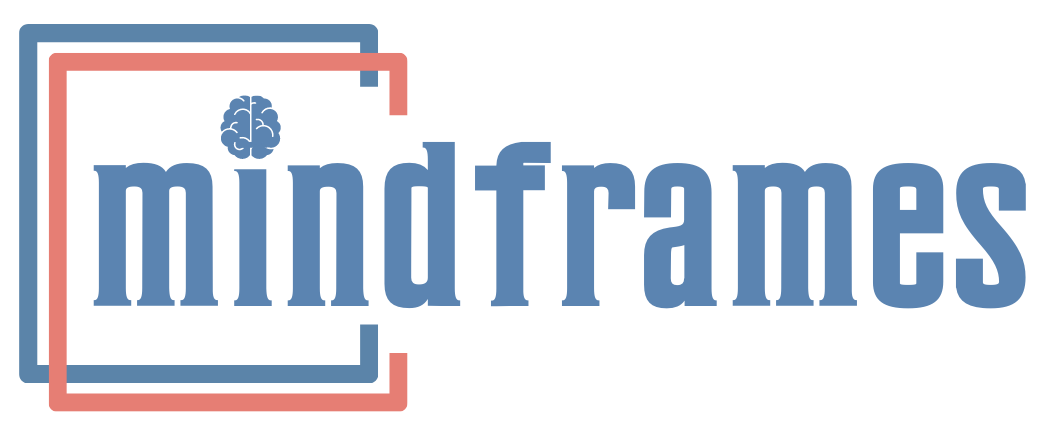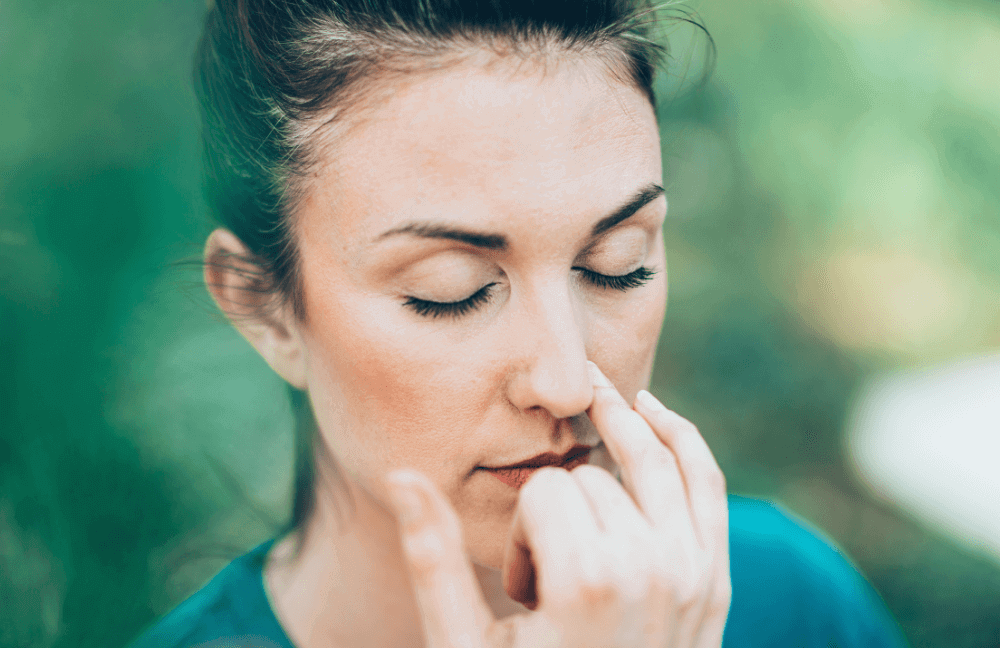What is Alternate Nostril Breathing (ANB)?
Alternate nostril breathing is an original a yogic breath control practice. Most yoga breathing techniques involve regulating the breath frequency, rhythm, phase duration, as well as the nostril through which a practitioner breathes. Primarily this is about conscious control of the breath with enhanced focus on breath awareness and precision. In general, this awareness technique is called pranayama (prana = life and yama = force).
The technique of breathing alternately through the left and right nostril is known in Sanskrit as nadi shodhana pranayama, which translates to “subtle energy clearing breathing technique.” This audio will teach you how to perform alternate nostril breathing with step-by-step guided direction.
When Should You Do Alternate Nostril Breathing?
You can do alternate nostril breathing at any time and place, that feels most comfortable to you. You may find the motivation to do it the morning, or maybe evenings work better for you. It can also be done anytime in the day when you feel you need to focus or relax. It is best to do it on a relatively empty stomach.
In general, most deep breathing exercises are avoidable if you have a cold or feel congested. Like pranayama or deep breathing, alternate nostril breathing can be done before or after any exercise, yoga or meditation practice too. It enhances stamina on account of increased lung capacity; tends to improve focus, and deepens meditation. You should do it whenever and however it feels comfortable and best for you.
Technique of Alternate Nostril Breathing
How to Practice ANB
- Choose a comfortable position
- A quiet place if that is possible
- Preferably on an empty stomach
- Morning as soon as you wake up
- Evening, right before you sleep
- Before or after exercise or yoga
- As part of meditation practice
- Avoid ANB if you have cold
- Avoid it if you feel congested
- Avoid it when you’re too anxious
Technique of ANB
- Lift your right hand up to your face
- Exhale out deeply and completely
- Seal the right nostril with the thumb
- Inhale deep through the left nostril
- Close the left nostril with your finger
- Open the right nostril, and exhale
- Inhale now through the right nostril
- Then close the right nostril again
- Now again open your left nostril
- Exhale now through the left side
How Does Alternate Nostril Breathing Help?
At a neuropsychiatric level, the practice of alternate nostril breathing is traditionally advocated to relieve psychological strain, mental unrest and stress. It’s been affirmed to balance chemical and electrical activity of the cerebral hemispheres (sides of the brain). In children as well as adults, the practice of this breathing improves your visuospatial (sense of space and coordination) memory and cognitive (brain) performance.
From a cardiovascular perspective, ANB can reduce blood pressure and lower the heart rate, by stimulating the parasympathetic nervous system. In general, the sympathetic nervous system in the body is activated in the stress state while the parasympathetic nervous system is what is working while you relax.
This supports the potential anti stress and anti-anxiety effects of ANB considering the robust correlation between sympathetic overactivity (reflected as elevation in heart rate and blood pressure) with stress and anxiety.
Especially in the recent past, the status of mental heath in the pandemic has dropped. Relaxation and unwinding is imperative to prevent stress from turning into more serious anxiety or depression.
Physical Benefits
- Lowered blood pressure
- Reduced heart rate
- Infrequent headaches
- Improved lung capacity
- Enhanced stamina
- Improved endurance
- Enhanced immunity
Psychological Benefits
- Lowered impact of stressors
- Relaxation and calmness
- Feeling unburdened
- Better frustration tolerance
- Improved attention span
- Enhanced long term memory
- Lessened anxiety response
If you use it rightly and make it part of your routine, this technique will help you feel calm. You can practice it anytime and anywhere to feel an instant relaxation midst a stressful day. All you need is a little quiet space, time and motivation.
Happy listening and I hope you feel relaxed!
References
- Kamath, A., Urval, R. P., & Shenoy, A. K. (2017). Effect of Alternate Nostril Breathing Exercise on Experimentally Induced Anxiety in Healthy Volunteers Using the Simulated Public Speaking Model: A Randomized Controlled Pilot Study. BioMed research international, 2017, 2450670.
- Pal, G. K., Agarwal, A., Karthik, S., Pal, P., & Nanda, N. (2014). Slow yogic breathing through right and left nostril influences sympathovagal balance, heart rate variability, and cardiovascular risks in young adults. North American journal of medical sciences, 6(3), 145–151.
- Vishnudevananda S. The Hatha Yoga Pradipika. Delhi: Om Lotus Publications; (1987).







